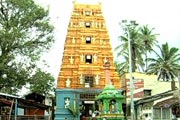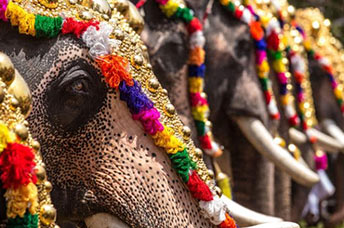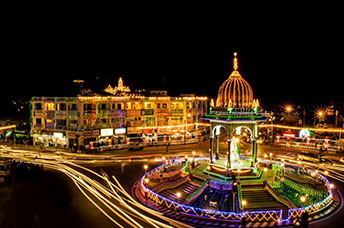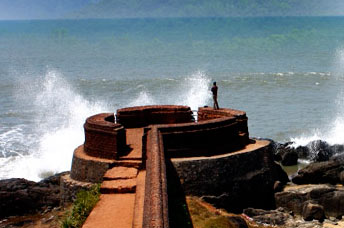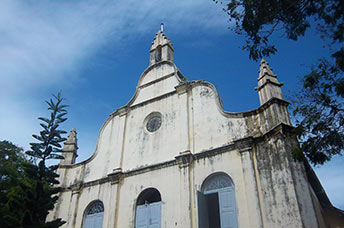Hassan was founded as a human settlement sometime in the 11th century, in the reign of the Hoysala dynasty (11th to the 14th century) with their capital at Dwarasamundra nearby. The ruins of Dwarasamudra can be seen scattered around the hamlet of Halebidu. Many experts consider the ruins in the area to be the finest examples of temple architecture in Karnataka.
Historians believe that the early Hoyasala kings were Jains, but the finest temples were dedicated to the Hindu god Shiva by their descendants. Beluru, near Hassan was their early capital and along with Halebidu an essential part of every history buffs travel itinerary in Karnataka.
The main attraction in Beluru is the magnificent stone carved Chennakesava temple complex that contains the Chennakesava Temple. Named the Vijayanarayana Temple on its commissioning by King Vishnuvardhana in 1117 AD. Historians differ on the possible reasons for the construction of the temple. The military successes of the temple’s patron is considered a probable reason. The Hoysalas employed many noted architects and artisans in the design of this fabulous temple complex and who then went on to developed the Karnataka Dravida tradition of temple architecture.
Shravanabelagola near Hasan is one of the most important Jain pilgrim centres. The monuments here reached a peak in architectural and sculptural evolution under the patronage of the Ganga rulers of Talakad. The 57 feet monolithic statue of the Jain spiritual teacher Bhagavan Gomateshwara Bahubali is located on the Vindyagiri hillock and is considered to be the world’s largest monolithic stone statue. The base of the statue bears an inscription in Prakrit, dating from 981 AD. Every twelve years, thousands of devotees congregate here to perform the Mahamastakabhisheka, a spectacular ceremony in which the statue is covered with milk, curds, ghee, saffron and gold coins from a tower constructed for the purpose so that the offerings flow down the monolith’s face.


